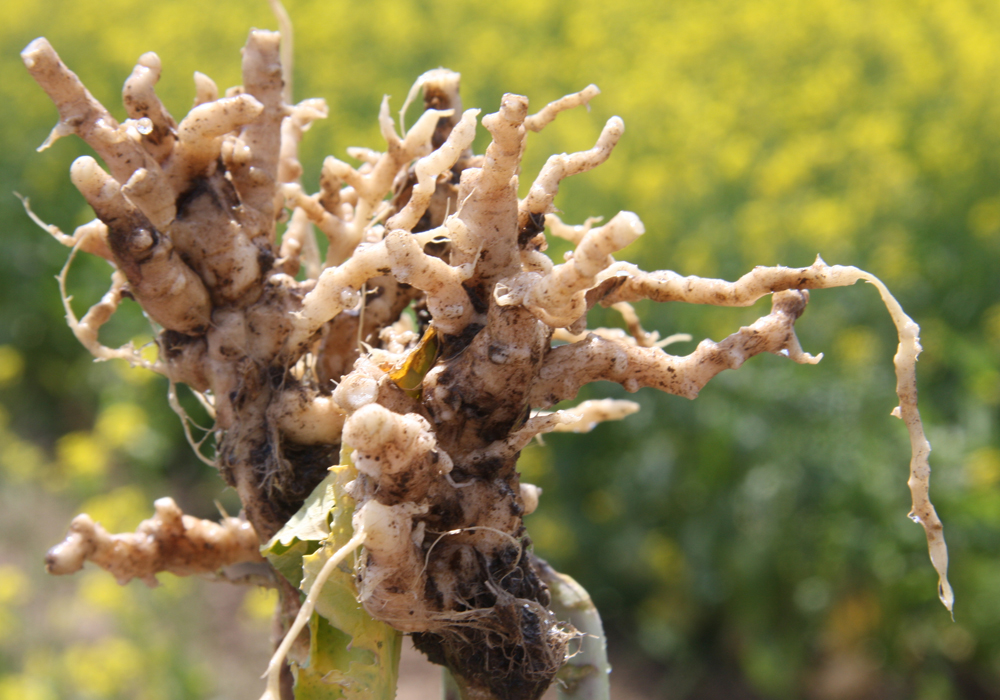Clubroot can be greatly reduced with a combination of a two-year break from growing canola and the use of resistant varieties, recent research suggests.
More than 90 percent of clubroot spores were eliminated from soils that experienced the break, and yields were much higher, researchers from Agriculture Canada, Alberta Agriculture and the University of Alberta found.
“The research demonstrated, for the first time, that most clubroot resting spores disintegrate within the first two years in the soil,” concludes a Jan. 10 summary of the research in Canadian Agronomist.
Read Also

Grain farming’s hard times expected to continue
Rabobank says it will be two more years before North American grain farmers achieve break-even due to “monster” supplies and “sticky” crop input prices.
“Additionally, growing a clubroot-resistant hybrid substantially increased yield and reduced the resting spores going back into the soil compared to a susceptible hybrid.”
The research was conducted in a seven-acre plot in Quebec that had been used for nine years as part of a crop rotation study.
Plots with zero to four-year breaks from canola production were seeded with susceptible, moderately susceptible and resistant varieties of canola and the results analyzed.
Scientists found that most spores failed to survive a two-year break from production, probably because most of those were immature and not hardy. However, spores remaining after a two-year break showed much hardiness and longer breaks did not produce any real improvement in spore load.
That’s why the use of resistant varieties is important. Even with a 90 percent reduction in spores, susceptible varieties of canola still had extremely poor results.
Resistant varieties with no break or only a one-year break produced crops, but yields were much lower than from resistant varieties that followed a two-year break, which had 43 to 76 percent higher yields.
“The higher yield may be (due to) the reduced clubroot pathogen inoculum in the soil, as well as other benefits associated with longer crop rotation,” the research said.
“These findings highlight the value of using clubroot-resistant hybrids in combination with a greater than two-year break from canola to help minimize the impacts of clubroot and to help slow the spread of the disease.”
The research was funded by Agriculture Canada, the Canola Council of Canada and the Saskatchewan Agriculture Development Fund.
















